NARRATION:Computers are brilliant at so many things. They are good at following instructions in a computer program to carry out complicated tasks. They are good at organising and storing data and information and solving number problems. They can do all these things more quickly and accurately than we can, so it’s no wonder that we rely on them so much during our everyday lives.
Computers and digital devices are also helping us to be creative in different ways. To make new kinds of art and music, to design games and share stories, to create, edit and share photos and videos. Computers can help us to make the things that we imagine come to life.
Think about all the books you have at school. Imagine if the author had to write each one out by hand. Authors will write a story on a computer to help them type in the words and edit and arrange them into a finished document. This is called word processing. Authors can then share these documents with editors, who can make changes using an online document folder, that means they can all see the work they are working on and the changes that are being made. When the book is finished the text will be sent, by email, to the publishers to be printed on a digital printer.
Have a look at these animations. The illustrator of these animations may have used a pencil and paper when they first drew their designs, but now they use digital drawing and painting tools and software to create the finished images. Digital pens can draw directly onto tablet touch screens, they act like digital paper. Using this special software for artwork means you can have unlimited colours and tools, and can add layers and combine different images together to make new ones. Plus you can rub out mistakes using an electric eraser.
Now we’re going to look a bit closer to home. When we make these films, yes the one I’m in right now, hello! We have a production team. A key role in this team is the director, who films the live action. They use a digital video camera to film the action. Once they have finished filming, they upload the digital video files to a computer storage drive and then use video editing programs to organise the film clips into the finished film. Any mistakes that the actors make can be cut out of the film to make sure it runs smoothly.
Did you notice the music and sound effects in the background of the film? They may have originally been performed on real instruments in a studio, but it will have been recorded onto a computer using a digital microphone and sound recording software. The editor will then have mixed the music and sound effect elements together into the background tracks you are listening to, using music editing and mixing software and powerful computers.
So, now we have written a book, designed and created an animation, shot a film and composed some music. I’m impressed!
There’s so much more to learn about being creative with computers. I feel inspired, do you? I might try my hand at writing a story, animating the characters and producing my own film! Coming soon to a cinema near you…
Video summary
This short film explores the many creative computing tools we have access to, with a focus on how they are used to create new creative content and media.
Examples include publishing a book using digital tools like word processing software and digital printing, and the creation of digital animations and illustrations using specialised software applications.
The film then explores the different elements that make up the film we are watching, including the video, music, sound effects, animations, etc.
It looks at the many different jobs and roles involved in the creation of the finished film, including the video director, music composer, film editor, as well as the technology being used.
This short film is from the 91»»±¨ Teach series, Cracking Computing.
Teacher Notes
A good way to start looking at this topic is to explore familiar media like TV programmes, books, computer games, etc. and deconstruct them into their different elements. Pupils could make lists of these elements and then research the ways that computers and digital technology might have been used in their creation.
A really good way to inspire pupils to make their own digital creations would be to invite an expert in a particular area to demonstrate their skills. There may well be such experts already in school, including among the pupils themselves. A pupil could give a Minecraft demonstration for example, or a member of staff could show how they take and edit digital photos as a hobby. Being inspired by their peers is a powerful way to engage pupils in their own creative endeavours.
Giving pupils the opportunity to compare digital and traditional methods of creating media content is also a good way to explore this. For example, making a painting using a digital painting tool and then using ‘real’ paint and paper.
Other subjects
Art & design: Using digital art tools alongside traditional media is a great way to explore the possibilities and limitations of each. Looking at popular and high status artwork created using digital tools would also be a good way to inspire pupils to create their own digital art works. David Hockney is an excellent example of a famous artist who has begun to use digital painting tools and digital photography to make art.
Music: There are many online digital music tools and platforms that pupils could explore alongside traditional instruments and ways of making music. Digital music tools allow mixing and recording of different elements, and adding music to a digital presentation or story provides a great starting point and design brief for composition.
This short film is suitable for teaching:
- KS2 computing curriculum in England
- Technologies curriculum area at 2nd Level in Scotland
- KS2 digital competence framework in Wales
- KS2 using ICT cross-curricular skill in Northern Ireland
Algorithms. video
This short film for primary schools outlines how algorithms are sets of instructions to make something happen, before explaining further using a recipe analogy.
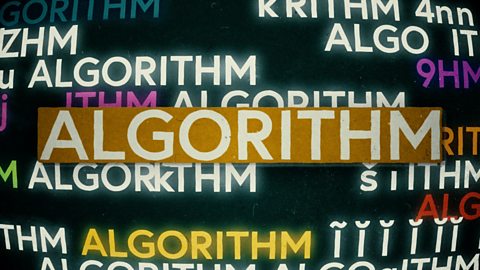
Computer networks. video
This short film explains computer networks. It looks at different types of computer network and the elements that make up a basic network including clients, servers, switches and hubs.
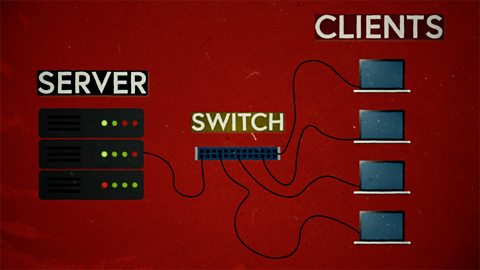
Debugging. video
This short film uses computer games to explain debugging, which is the process of finding and correcting errors in computer programs.

Decomposition. video
This short film explains how decomposition involves breaking one big problem down into smaller, more manageable problems that can be tackled step by step.
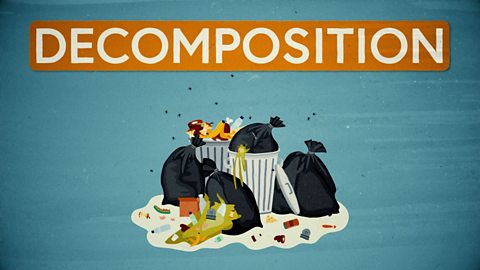
Input and output. video
This short film gives a brief history of input and output methods with examples, and brings us up to date with examples of familiar input and output devices that we use every day.
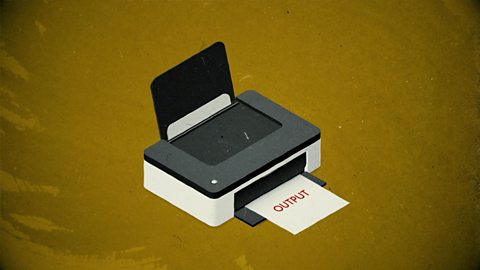
Logical reasoning. video
This short film outlines logical reasoning as ‘sensible thinking’ when following rules, and explains how a problem with a computer program can be solved using logical reasoning.

Repetition. video
This short film for primary schools explains how repetition within computing allows a command to be repeated to make a computer program more efficient.
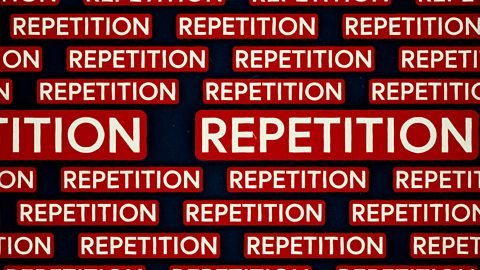
Search technologies. video
This short film gives a brief history of the development of the internet and the invention of the world wide web by Sir Tim Berners-Lee, and explains the role of a search engine.
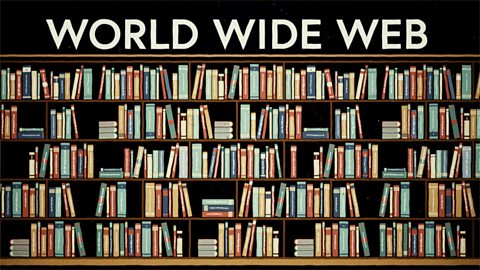
Selection. video
This short film covers the use of selection in simple computer programs, and shows how this idea of yes/no questions can allow computers to respond to external conditions and select different paths.

Sequencing. video
This short film covers the concept of sequencing, or making sure things are in the right order, and explores what might happen if things are done in the wrong order, or sequence.
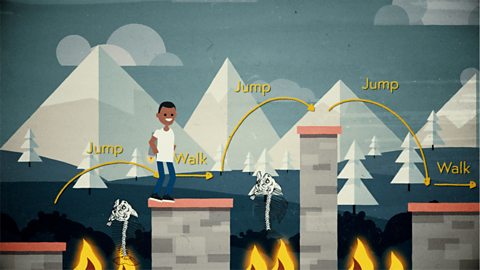
Variables. video
This short film explores how computers use variables to store things that change, like names, numbers and scores.

Working with data. video
This short film explores how data is collected using digital devices in response to questions, and how it is organised into tables, records and fields on a computer system.
